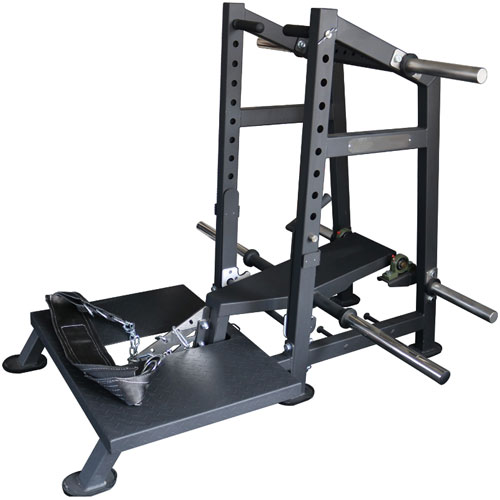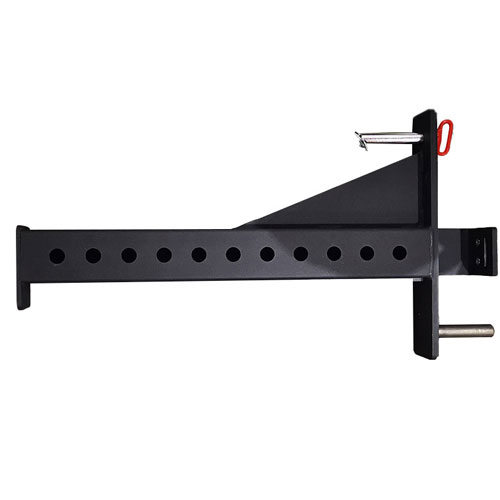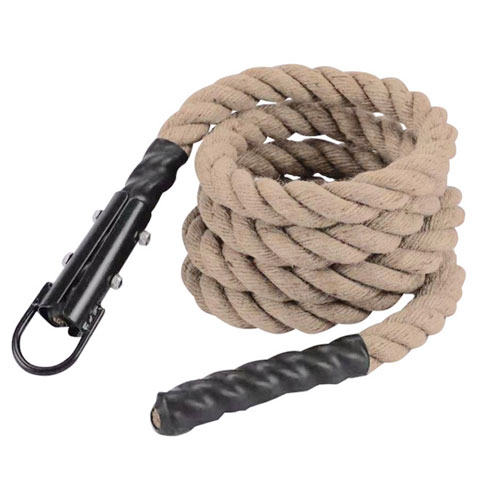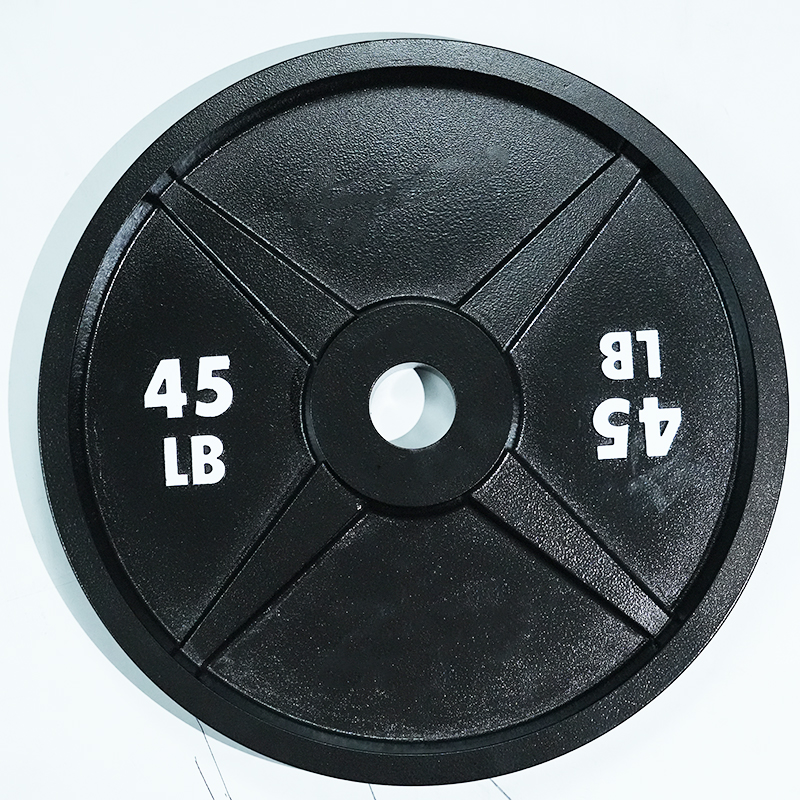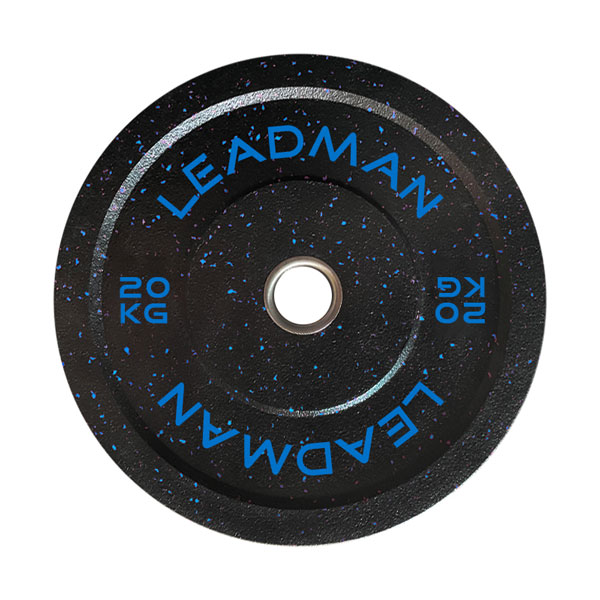How To Compare Power Racks
Power racks are the cornerstone of any serious strength training setup, providing a safe and stable platform for lifting heavy weights. Whether you're outfitting a commercial gym or building your dream home gym, selecting the right power rack is crucial for maximizing your workouts and minimizing injury risk. This comprehensive guide will walk you through the key factors to consider when comparing power racks, empowering you to make an informed decision.
Understanding the Power Rack: Safety and Functionality
Power racks are designed to provide a secure framework for performing a wide range of free weight exercises, including squats, bench presses, deadlifts, and overhead presses. Their adjustable safety bars and j-hooks allow you to lift with confidence, knowing you have a safety net in case of failure. Many power racks also feature pull-up bars, weight plate storage, and compatibility with Olympic weightlifting platforms, making them versatile additions to any training space.
Part 1: Material Matters: Steel vs. Aluminum
The foundation of a quality power rack lies in its construction. Most power racks are crafted from steel, renowned for its strength and durability. Look for racks made from thick steel stock with robust welds and secure fasteners. Some racks utilize aluminum, which offers a lighter weight option. However, steel remains the preferred choice for serious lifters due to its superior strength and stability.
Part 2: Features That Elevate Your Training
Beyond the core structure, consider the additional features that can enhance your training experience:
Adjustable J-Hooks and Safeties: Essential for safe lifting, allowing you to adjust the height for various exercises.
Pull-Up Bars and Accessories: Expand your workout options with different grip variations and attachments.
Weight Plate Storage: Keep your gym organized and efficient with dedicated storage solutions.
Compatibility with Olympic Platforms: Enhance stability and safety for heavy lifts.
Rubber Floor Padding: Protect your floors from damage and reduce noise.
Band Pegs: Add resistance bands for advanced training techniques.
Premium Materials: Hard chrome or stainless steel finishes offer increased durability and aesthetics.
Part 3: Sizing Up Your Needs
Power rack dimensions are crucial for both safety and comfort. Standard heights range from 7 to 7.5 feet, accommodating most lifters. Shorter racks are ideal for limited spaces, while taller models cater to taller individuals. Barbell grip width typically ranges from 42 to 48 inches, with narrower options available for those with smaller shoulder widths.
Conclusion: Invest in Your Fitness Journey
Choosing the right power rack is an investment in your fitness journey. By carefully considering material quality, build construction, features, and sizing, you can find the perfect rack to support your training goals. Take the time to research different brands and models, comparing features and prices to find the best value for your needs. A high-quality power rack will provide a safe and reliable platform for years of effective strength training.

